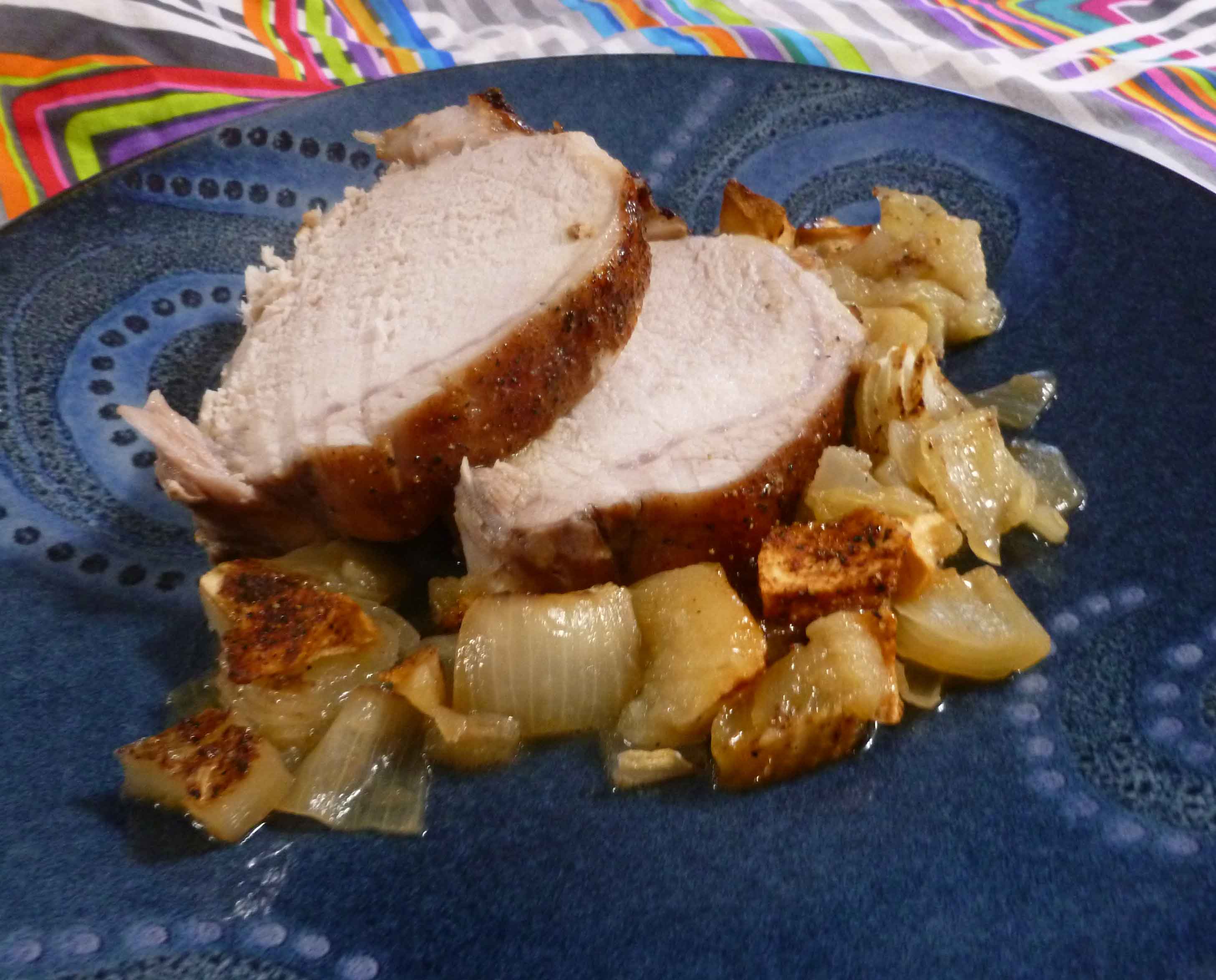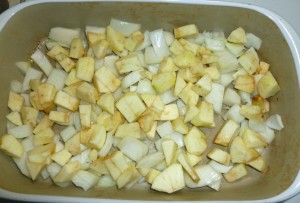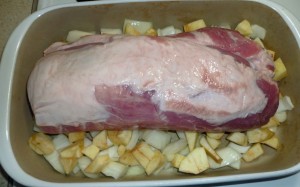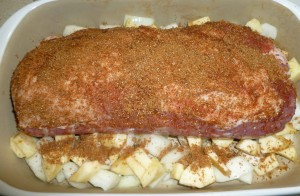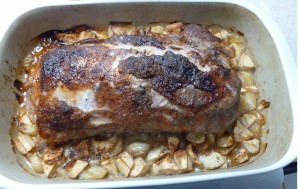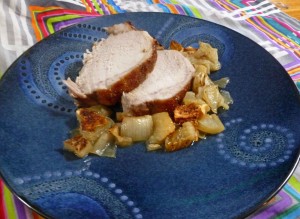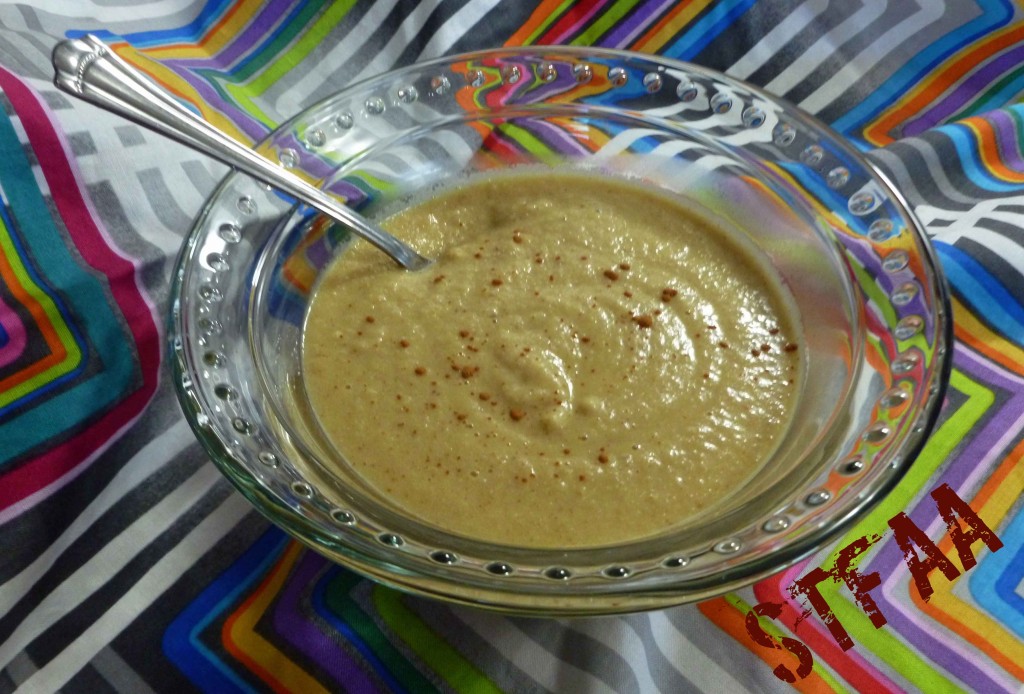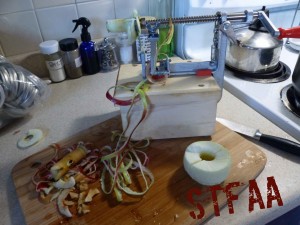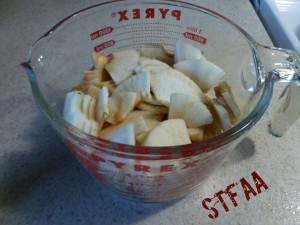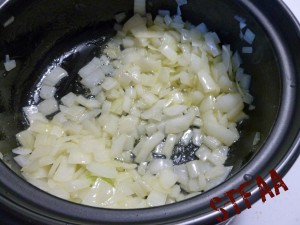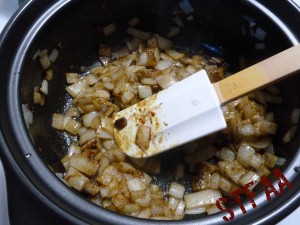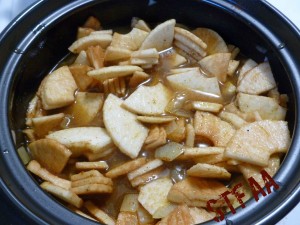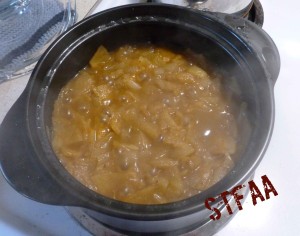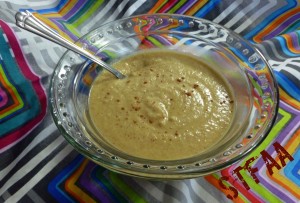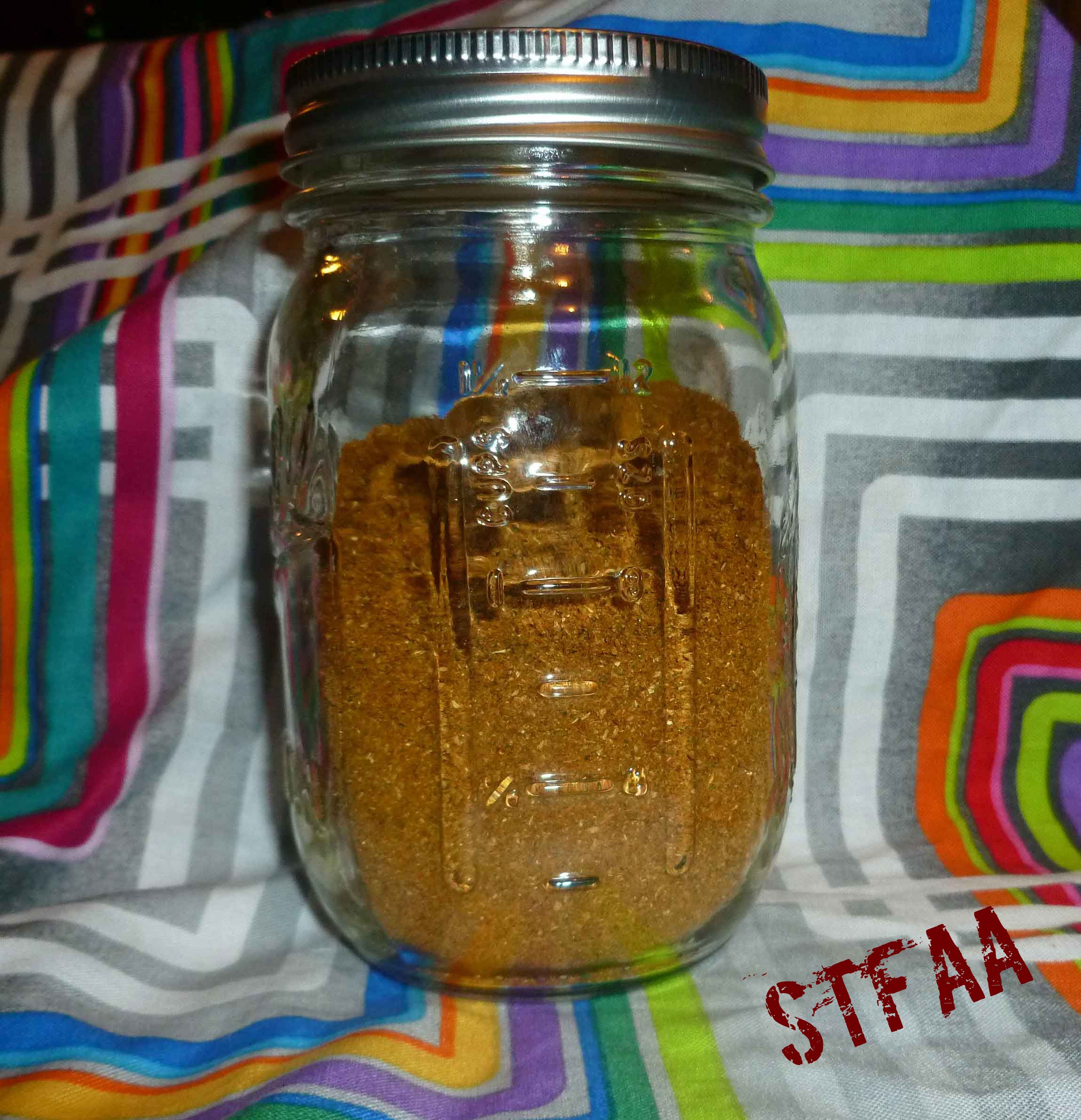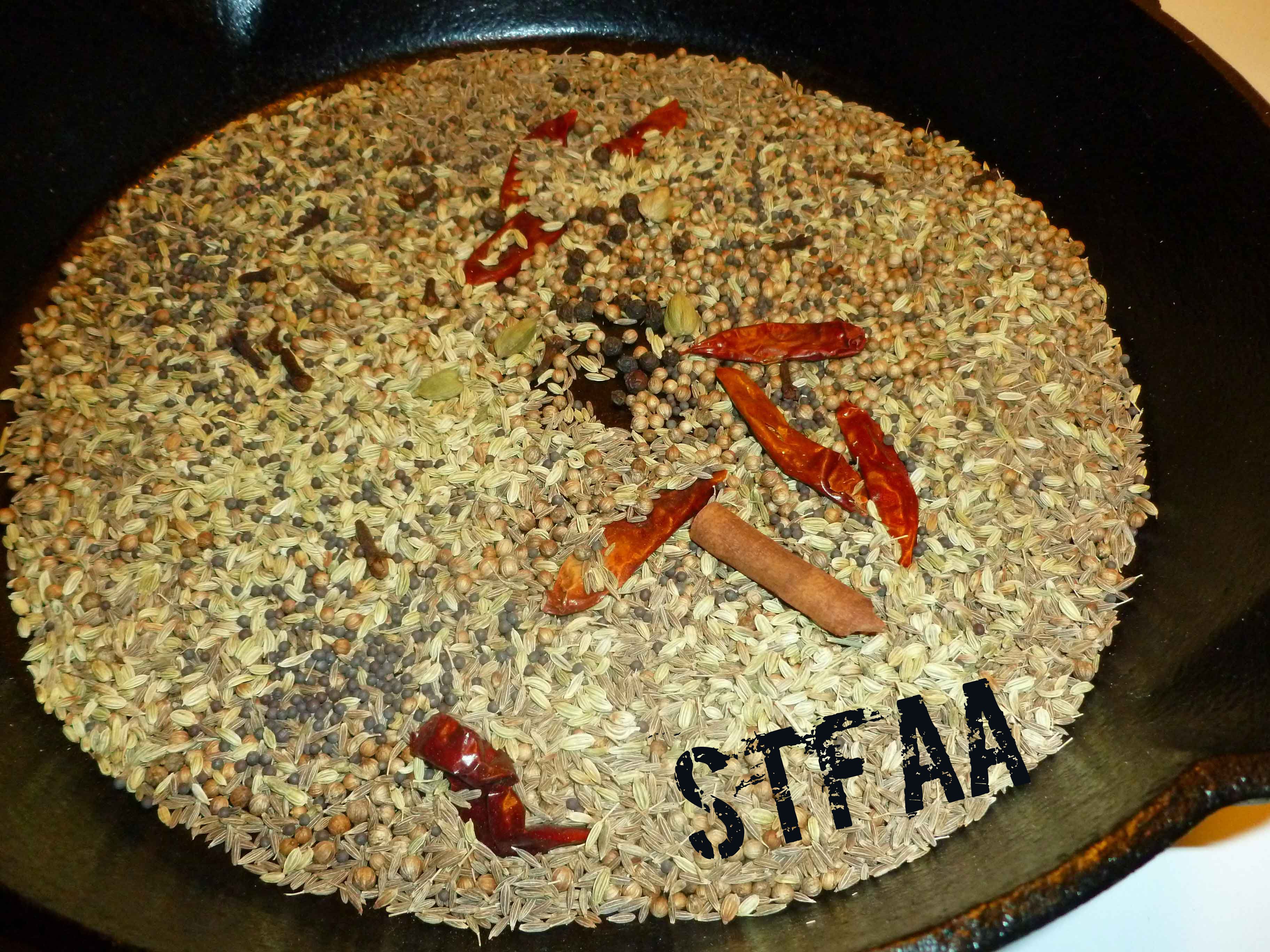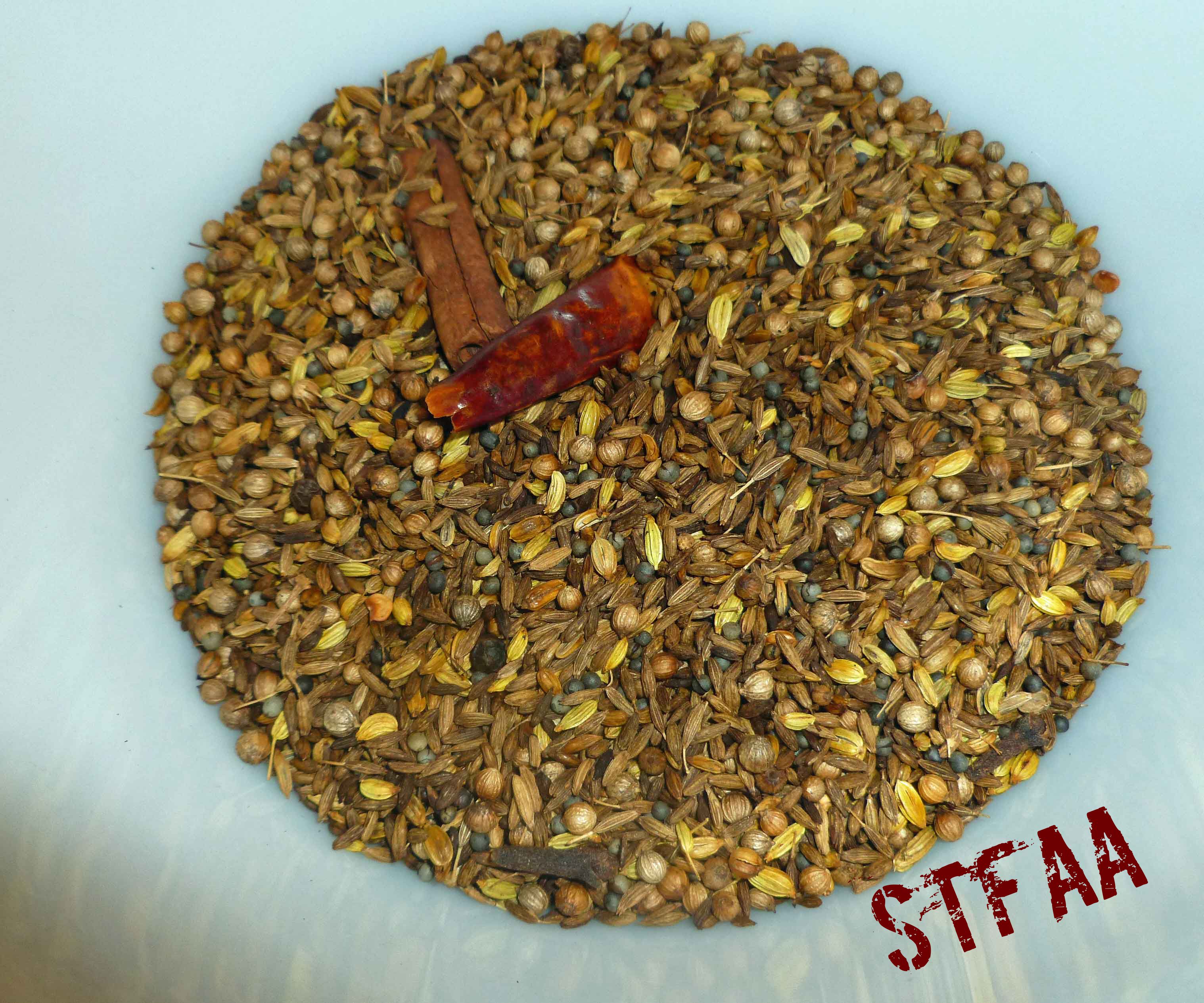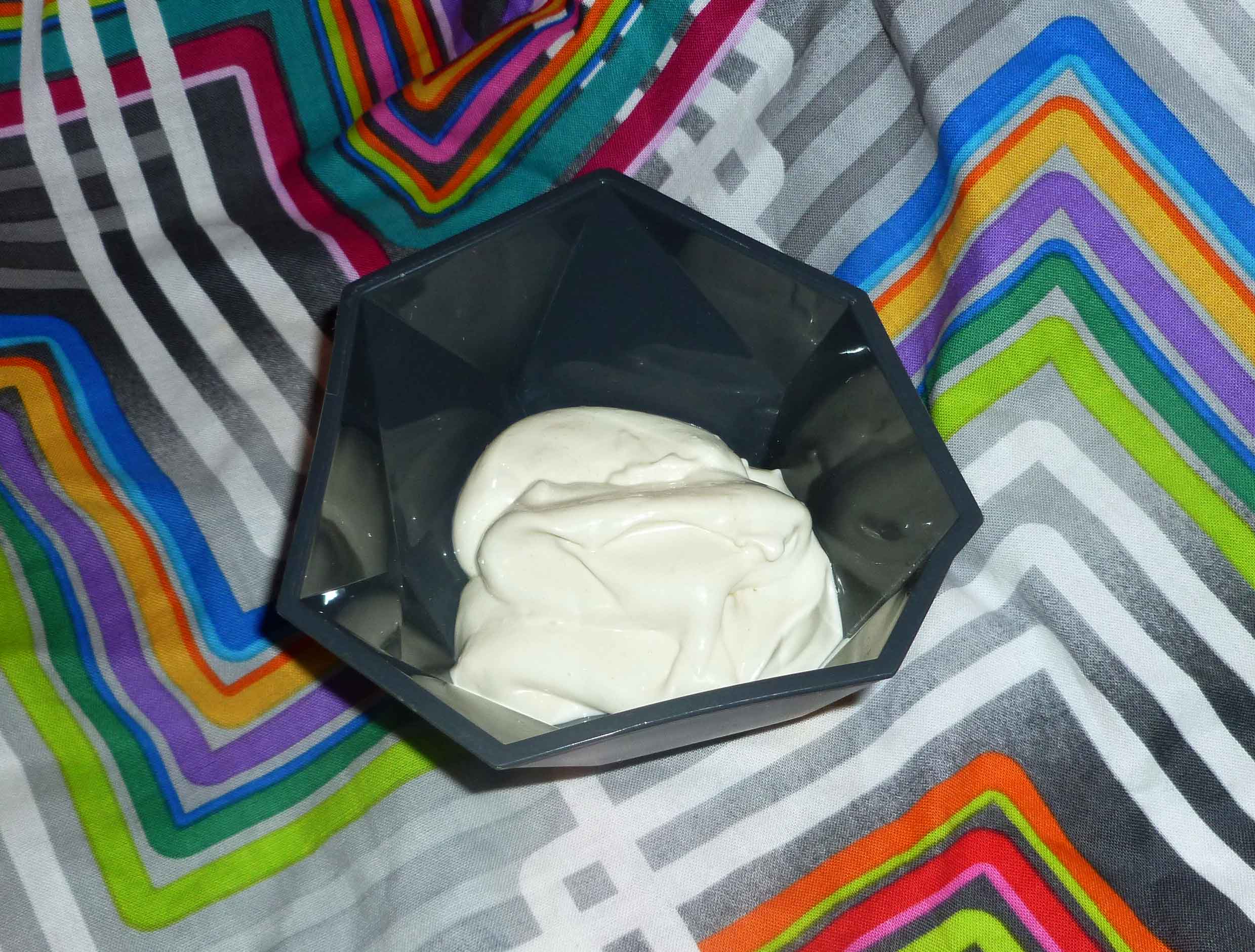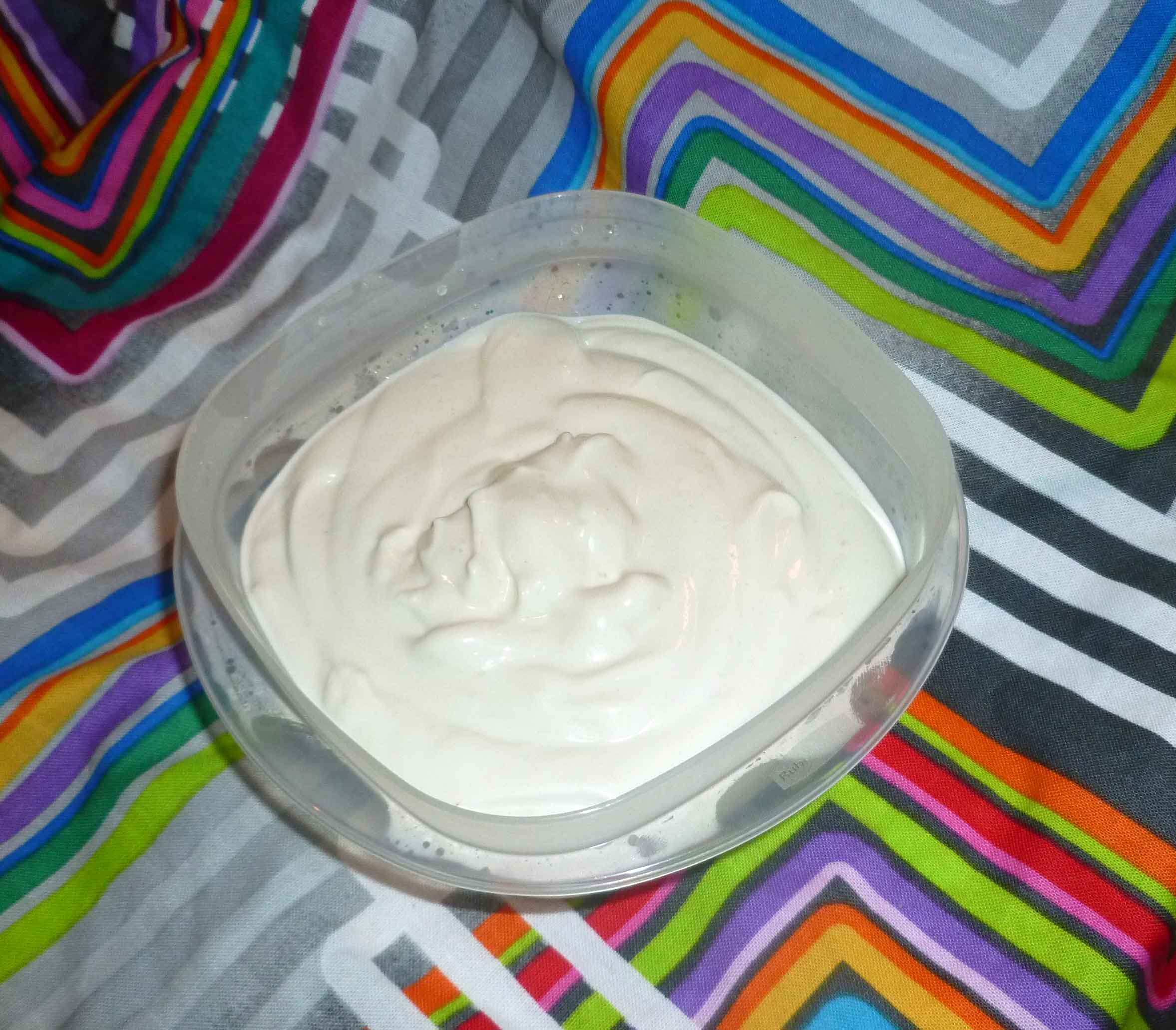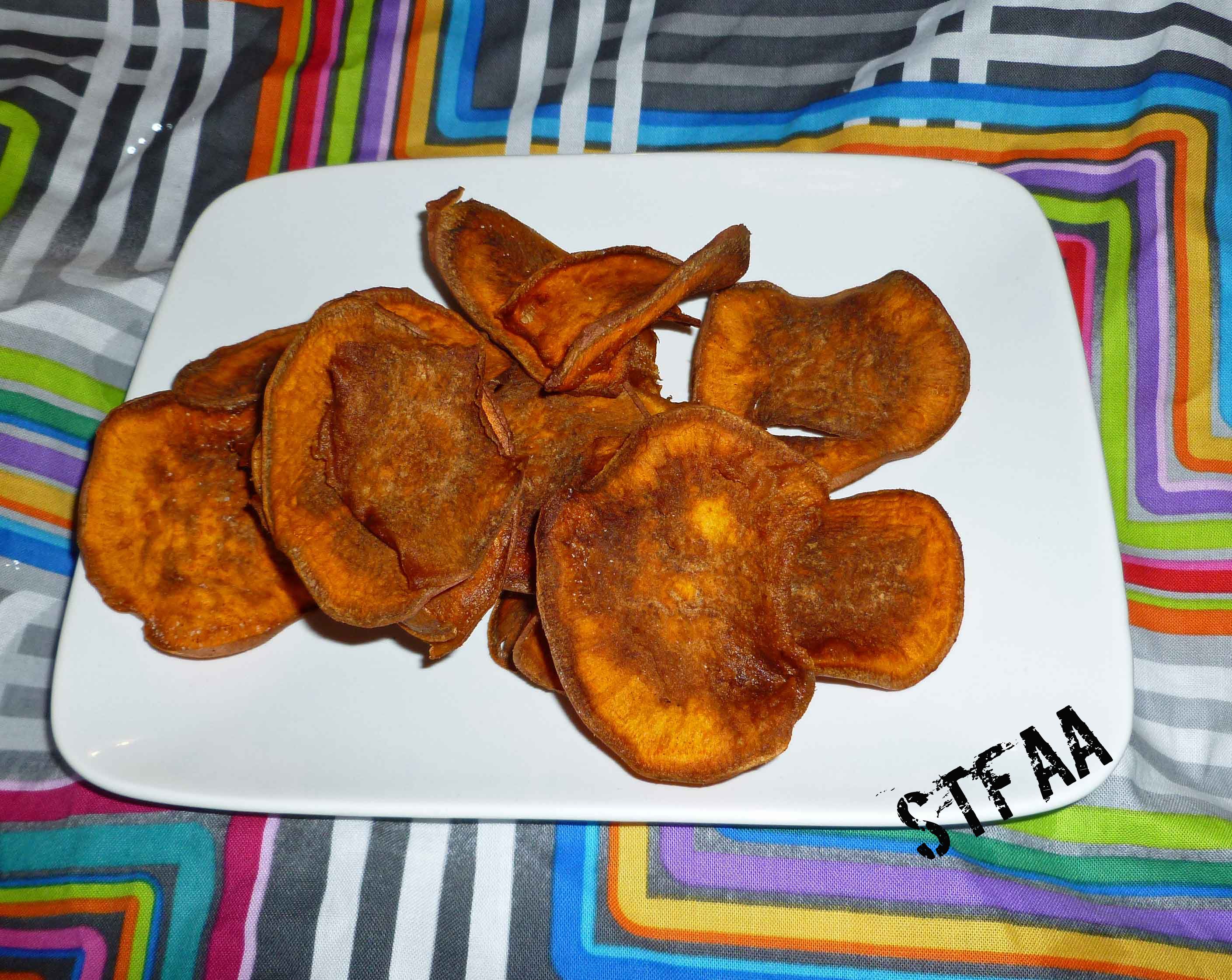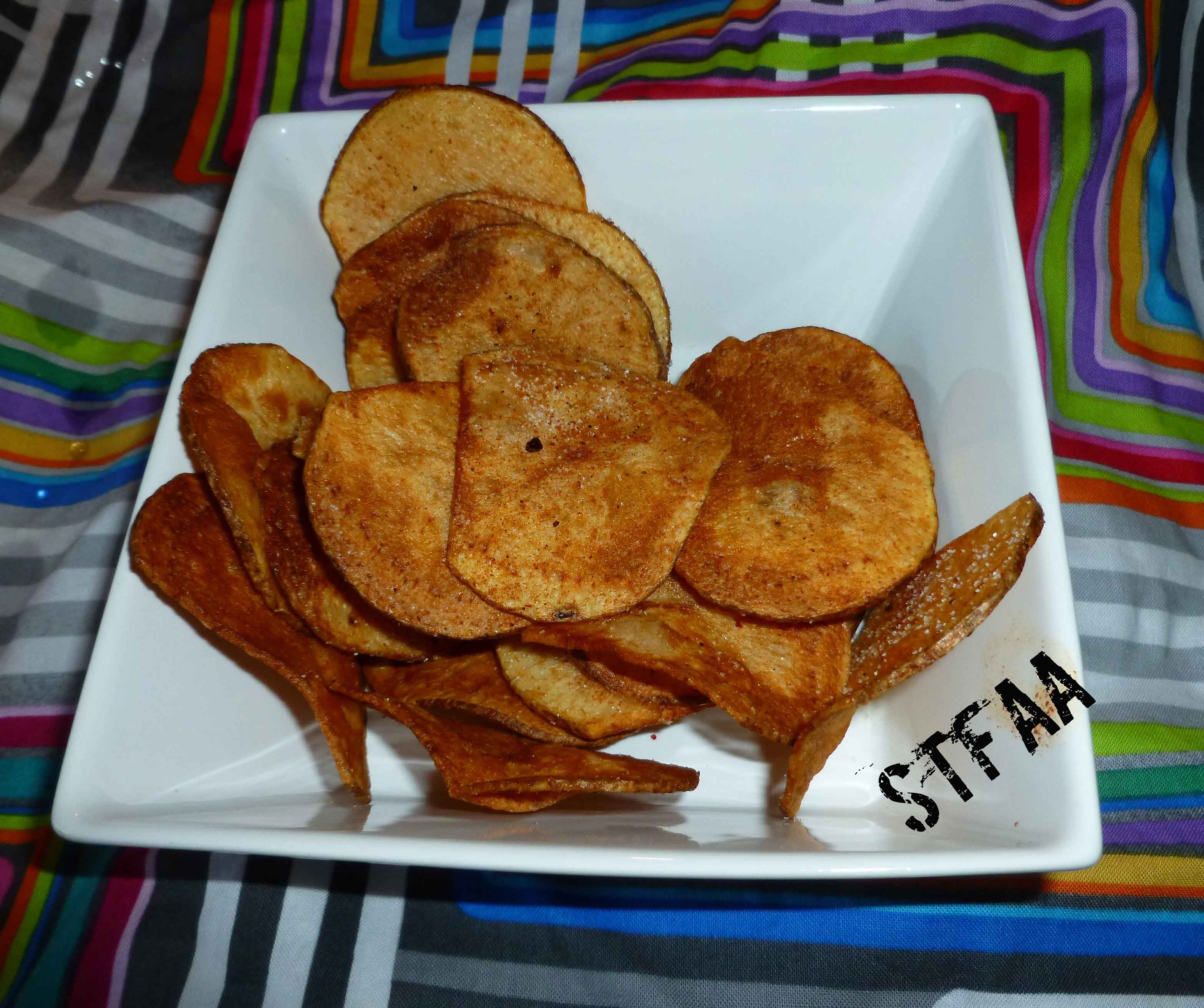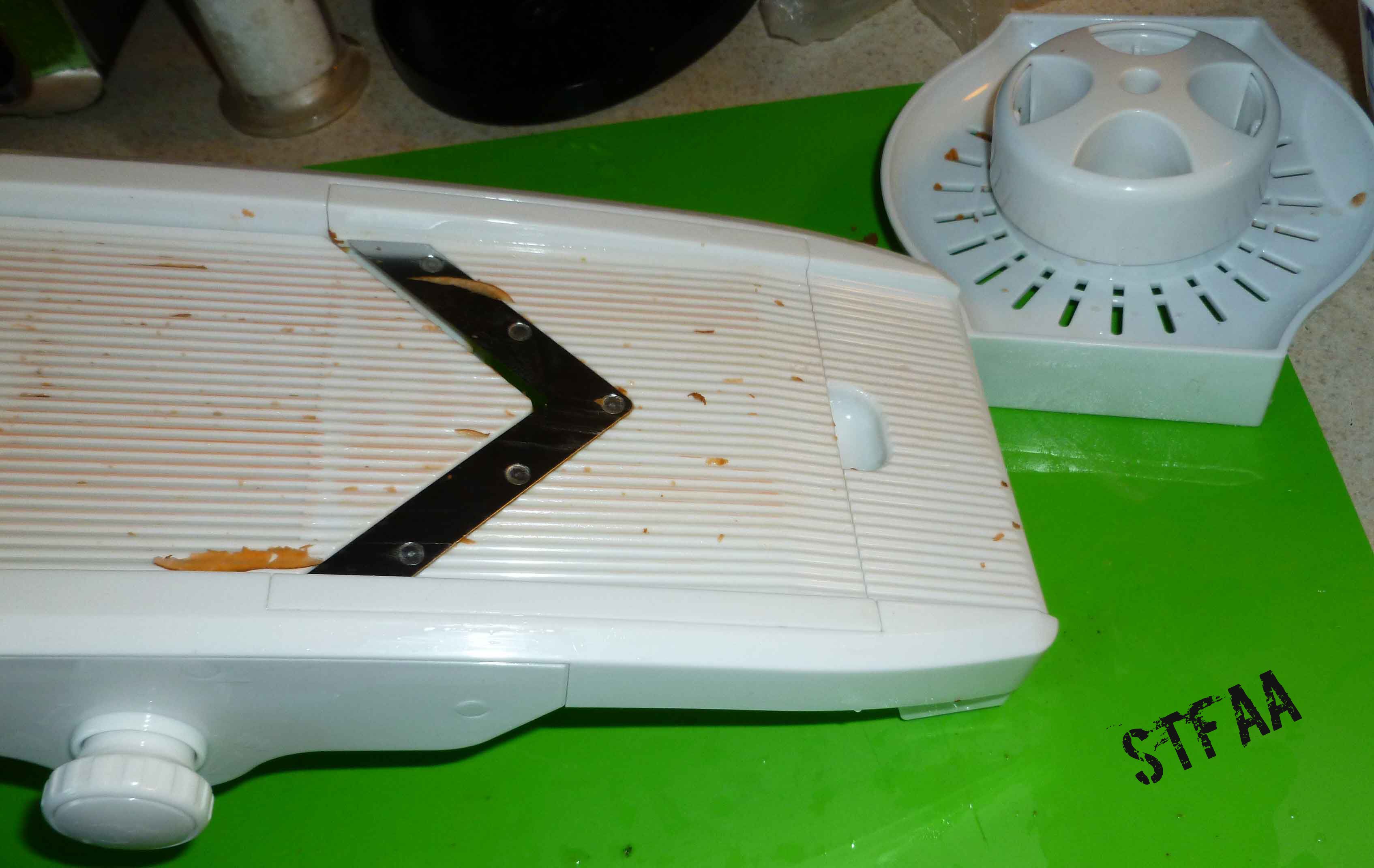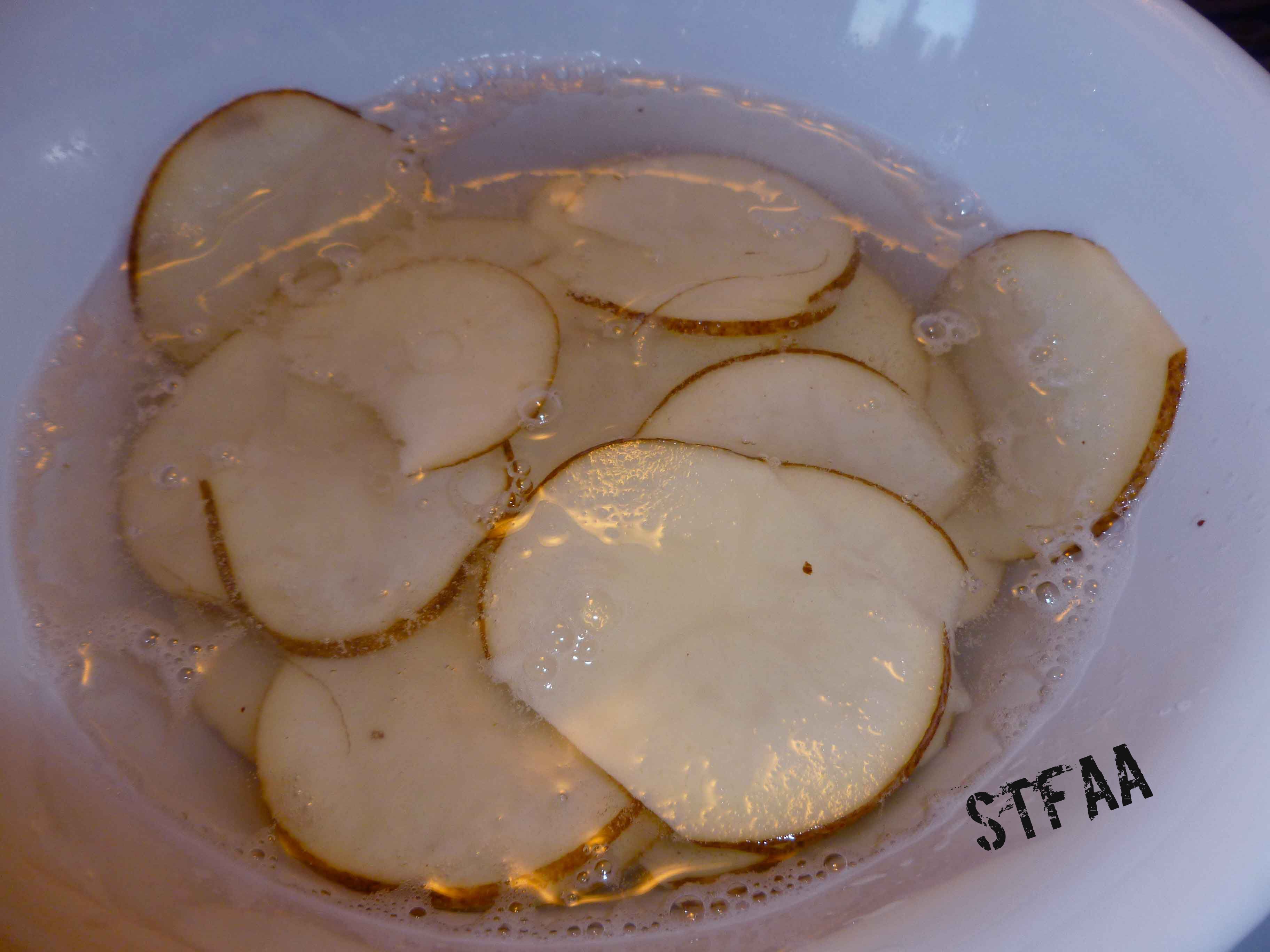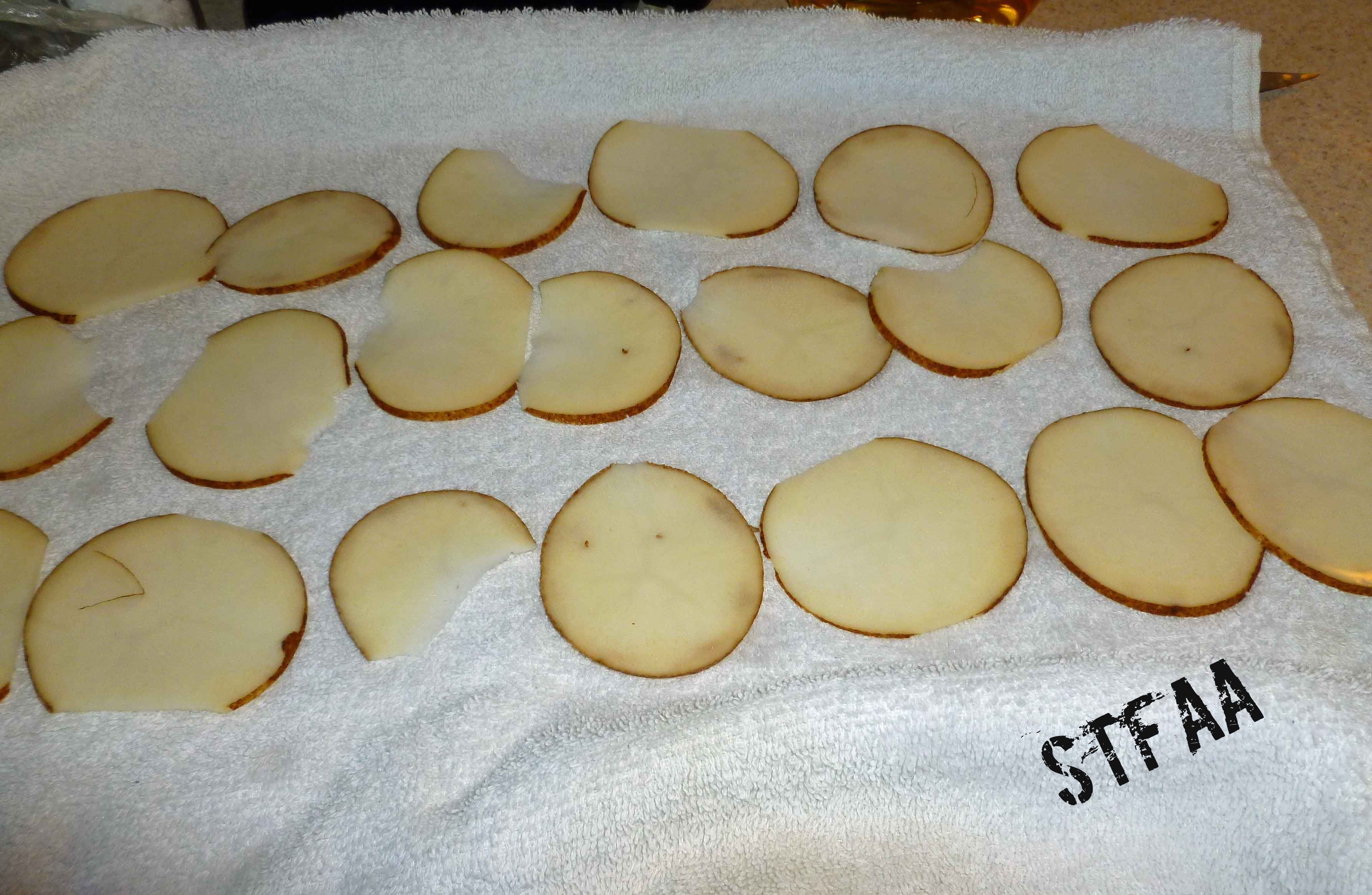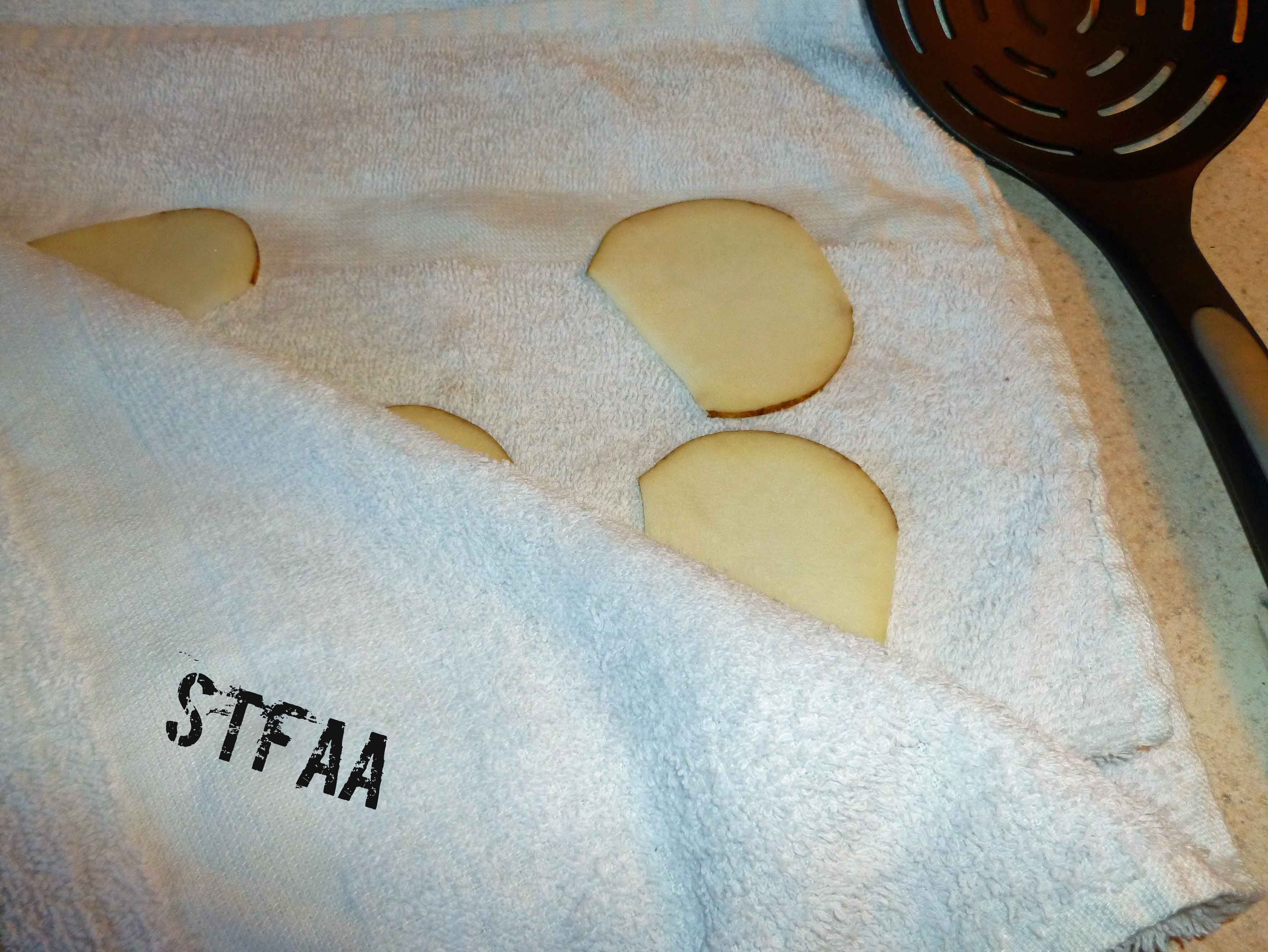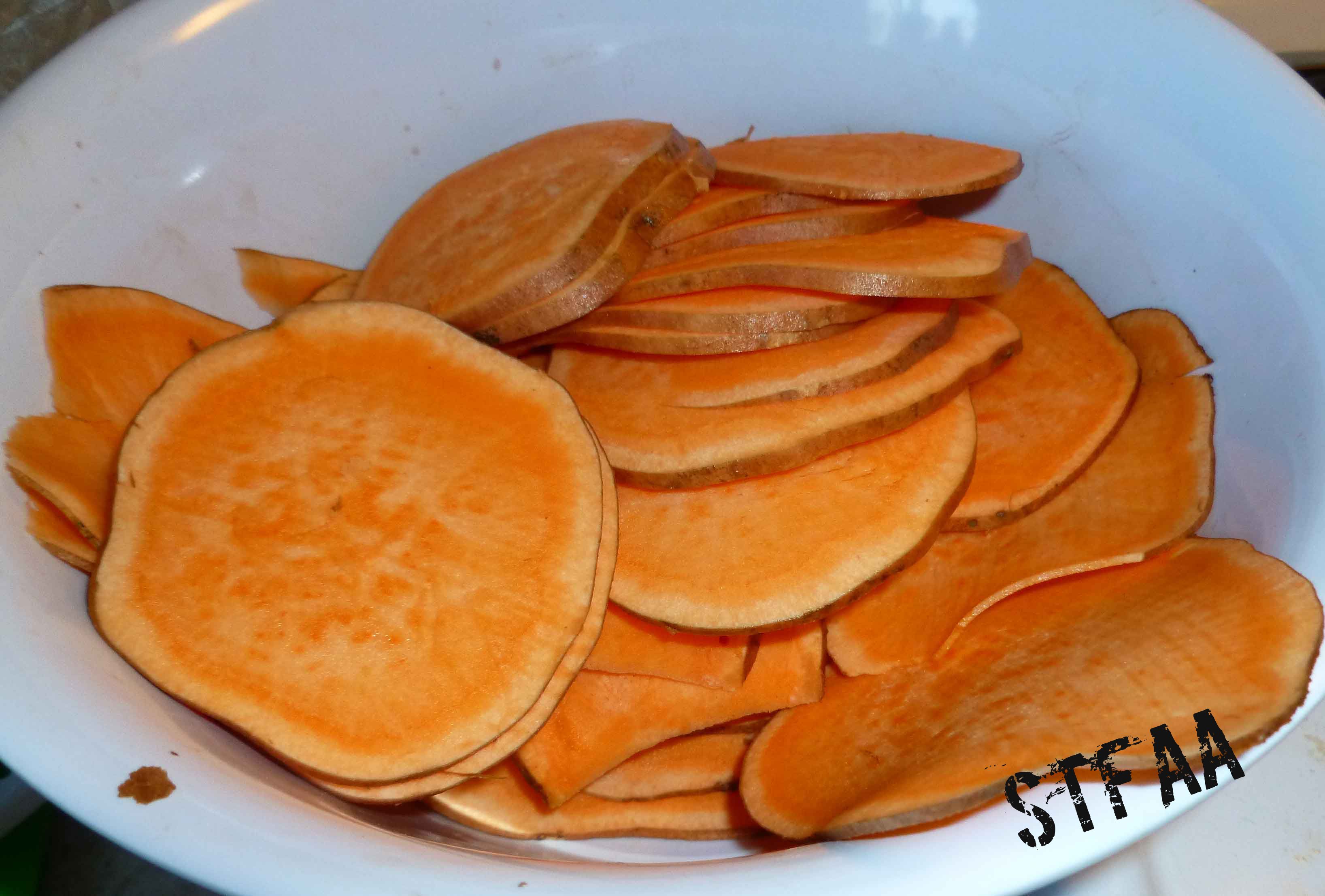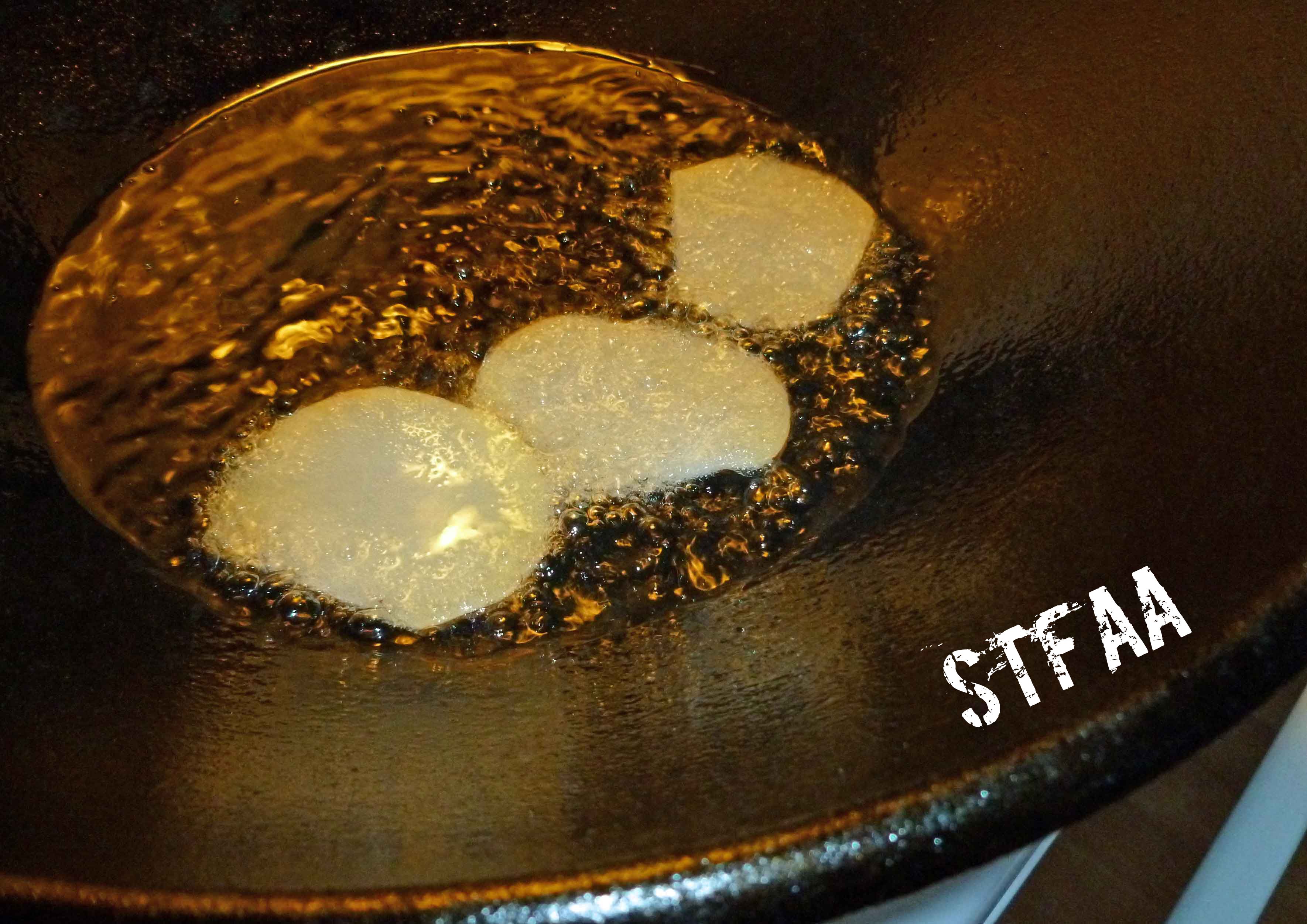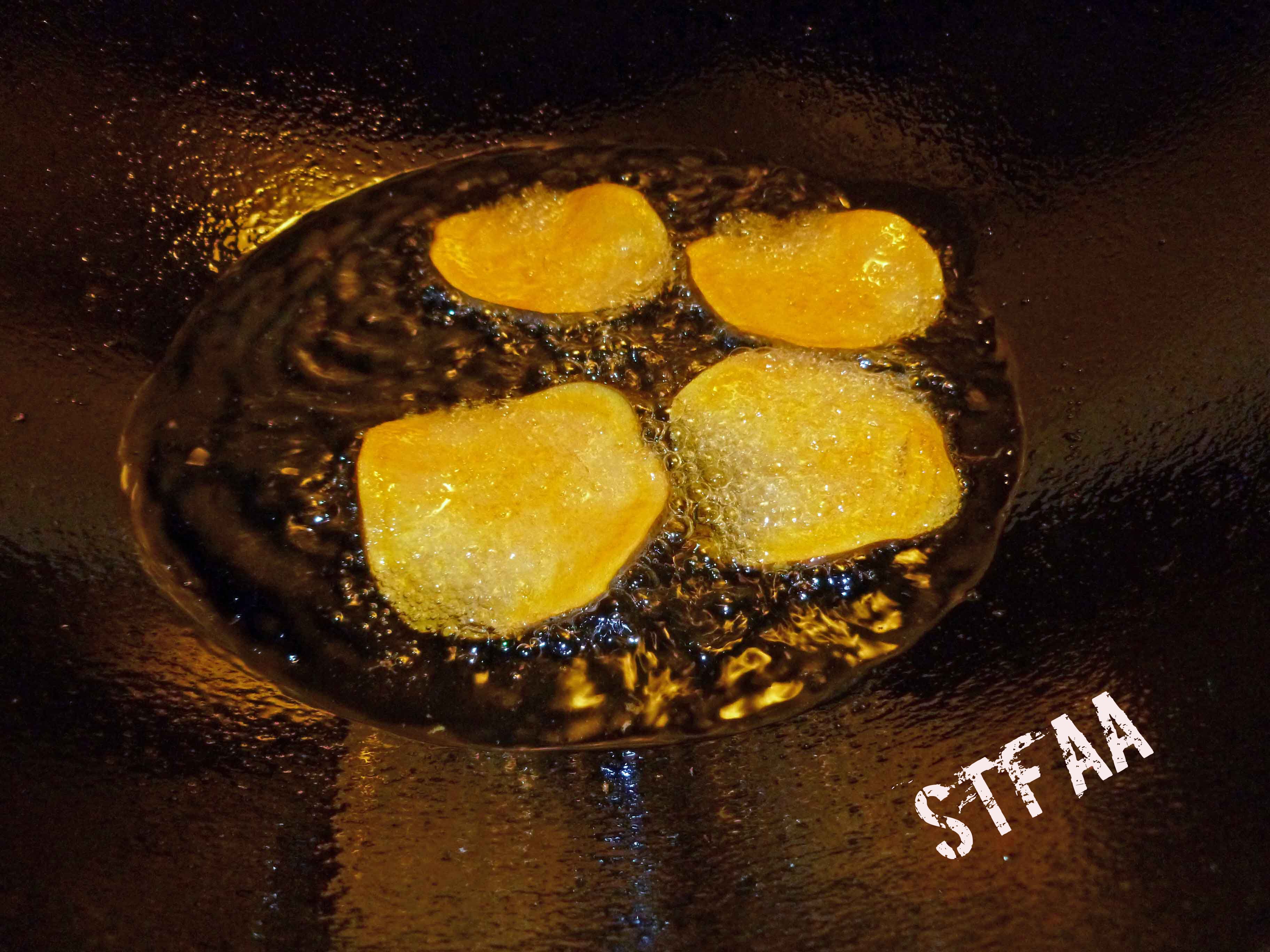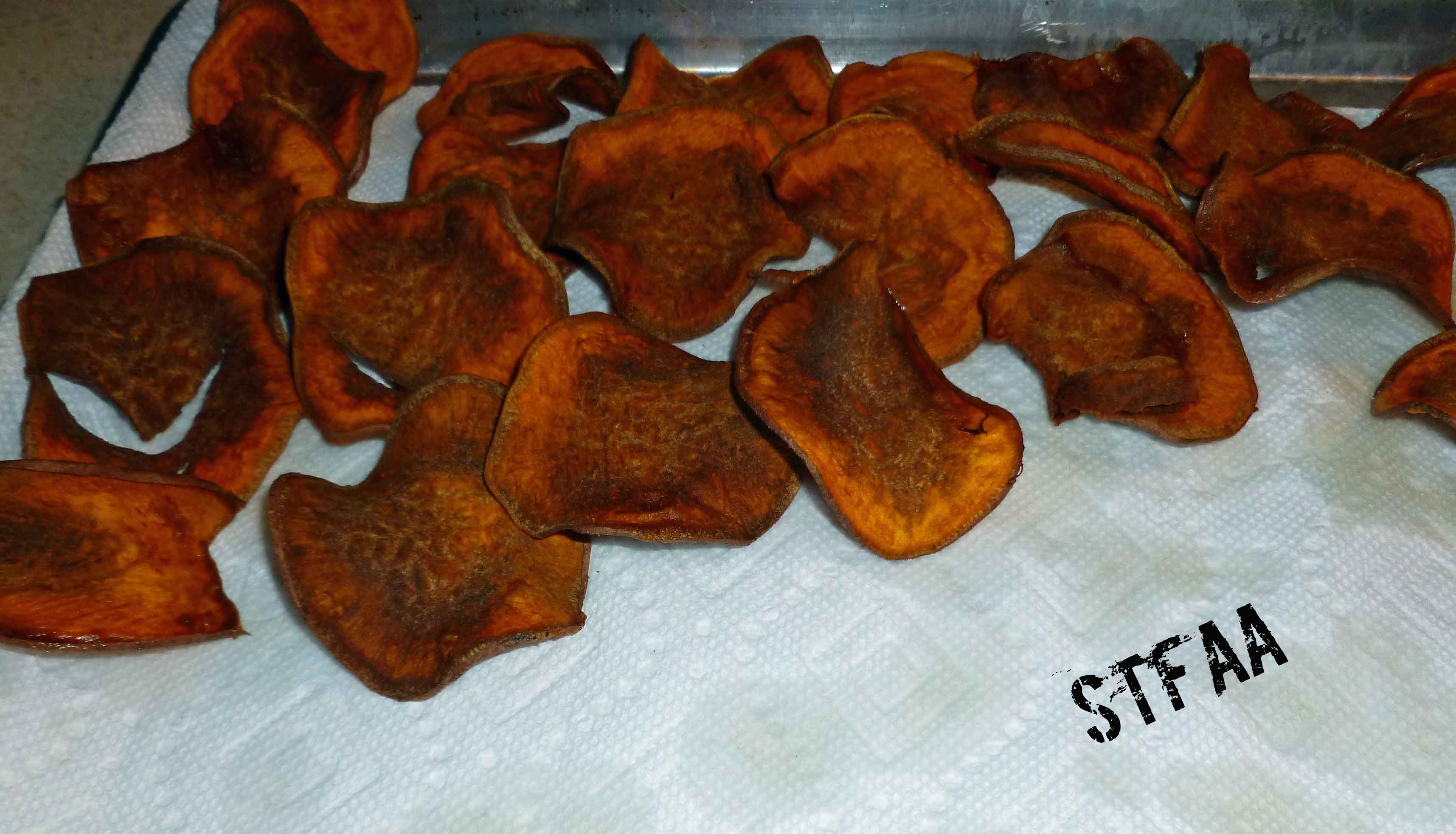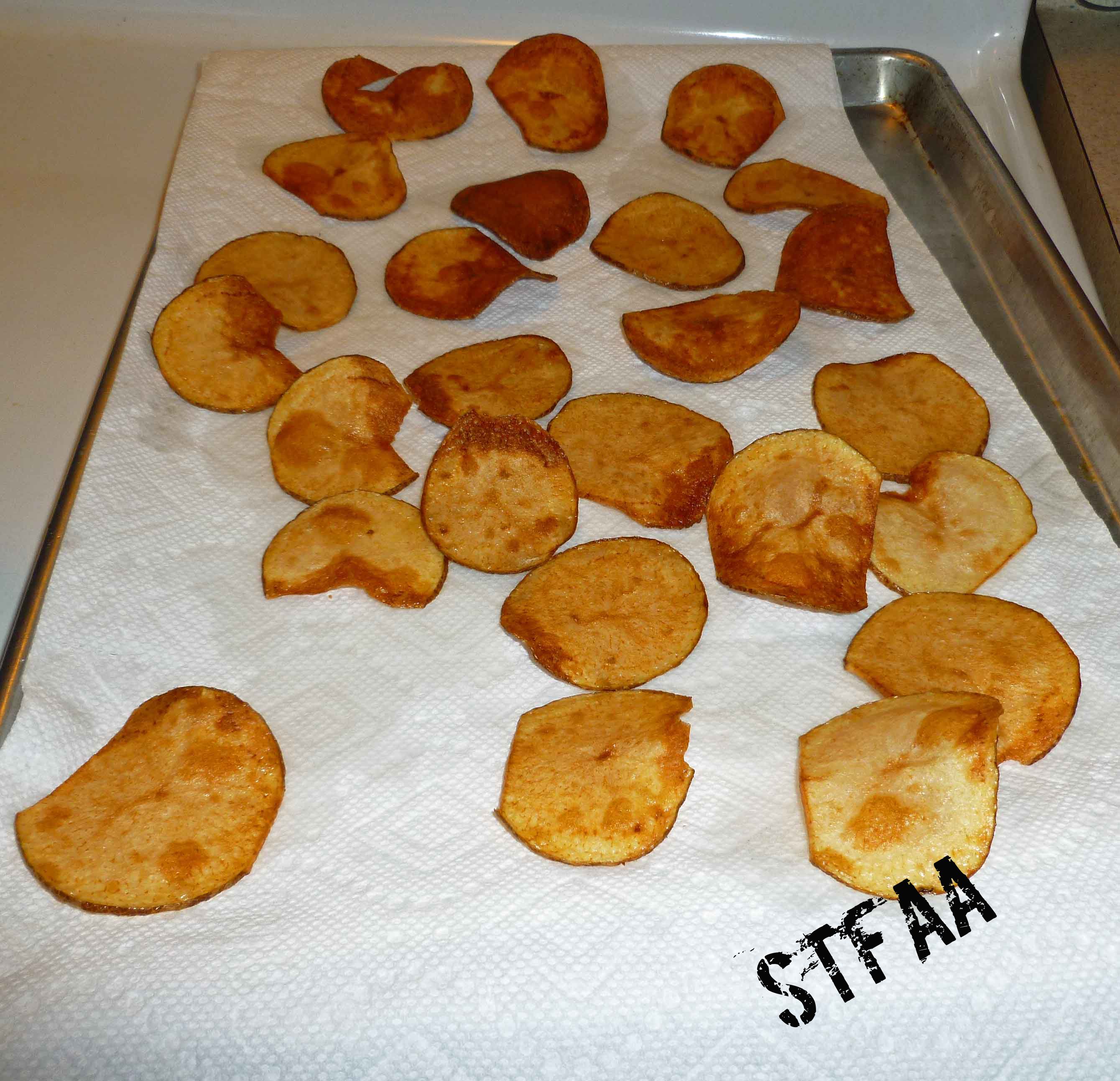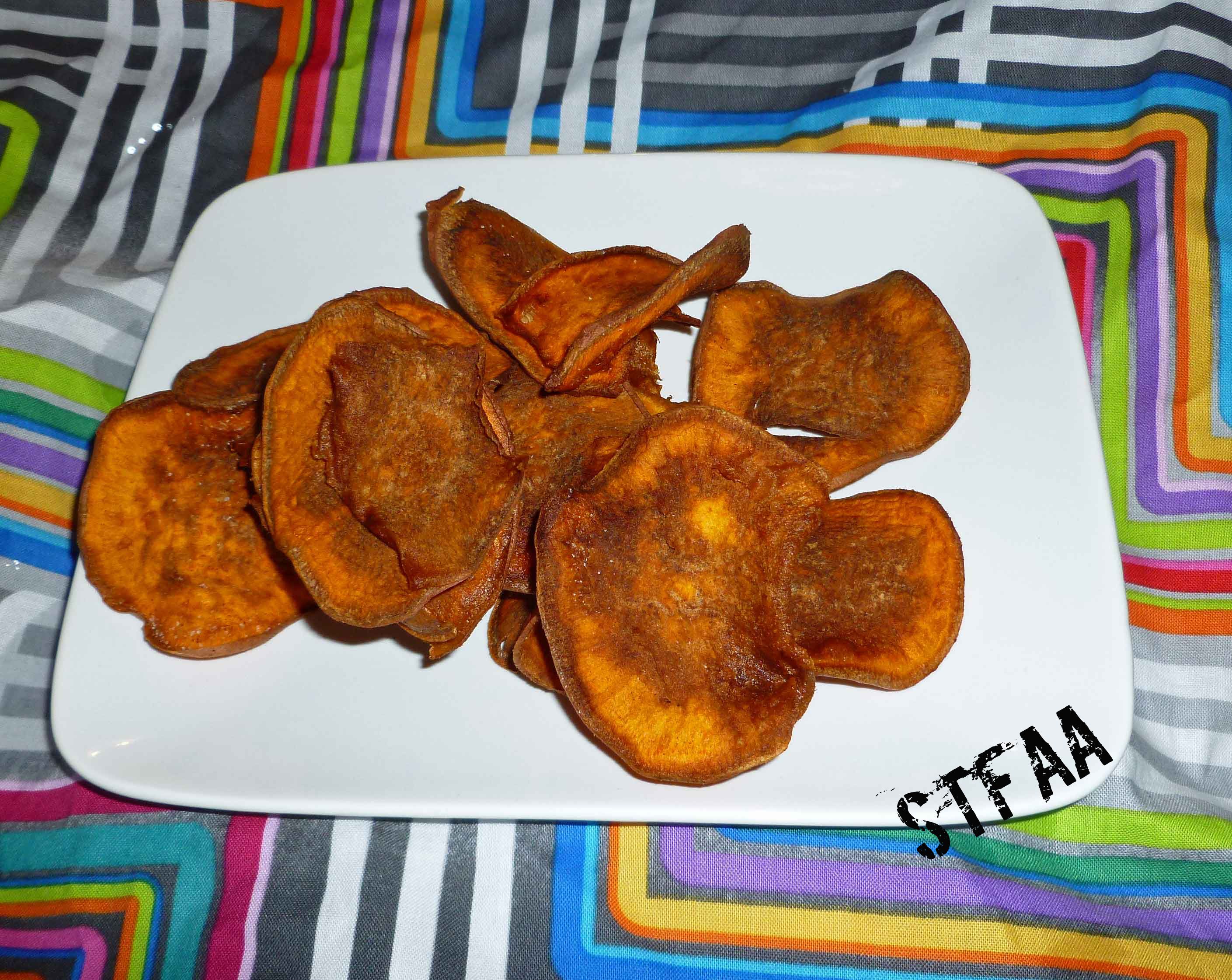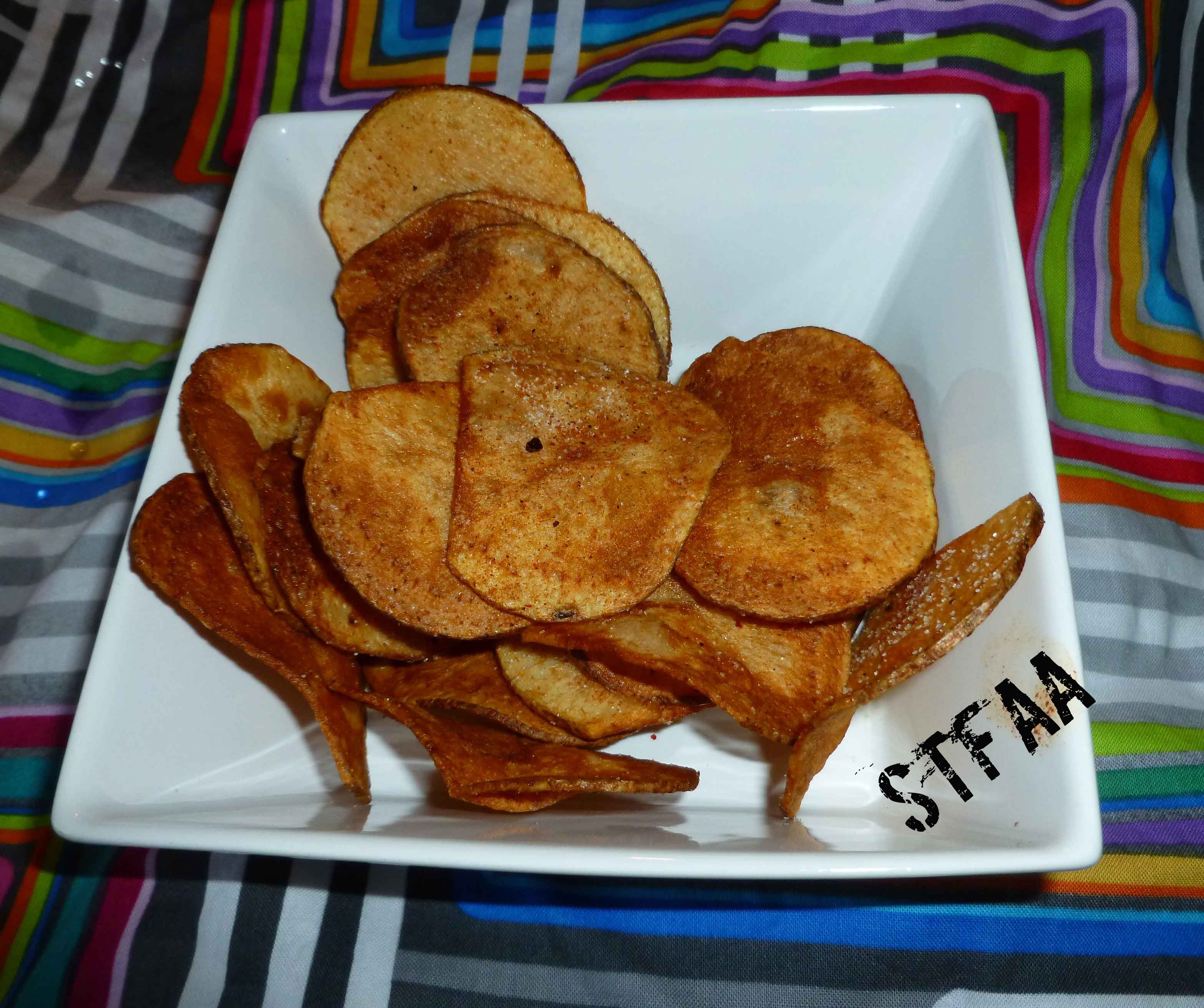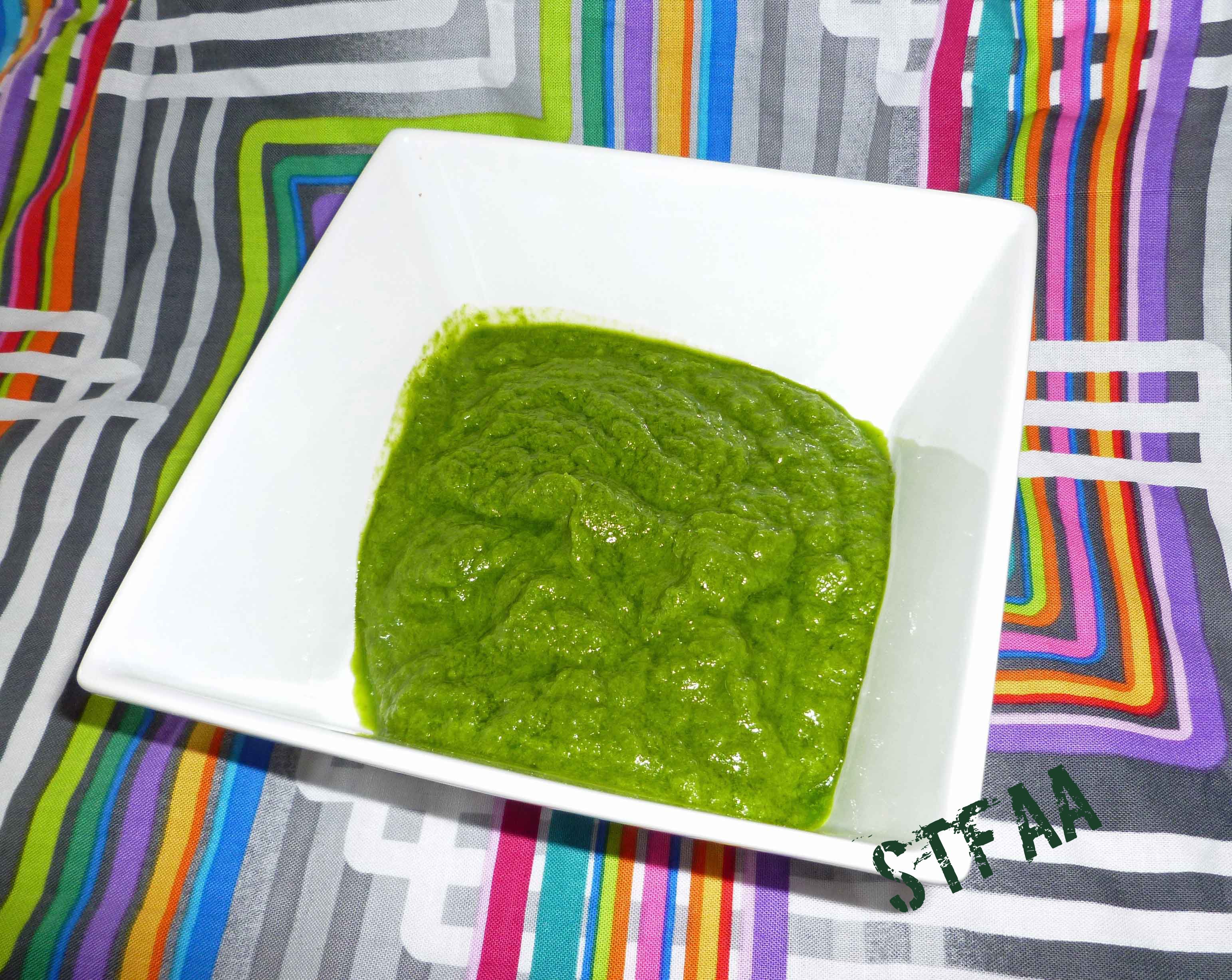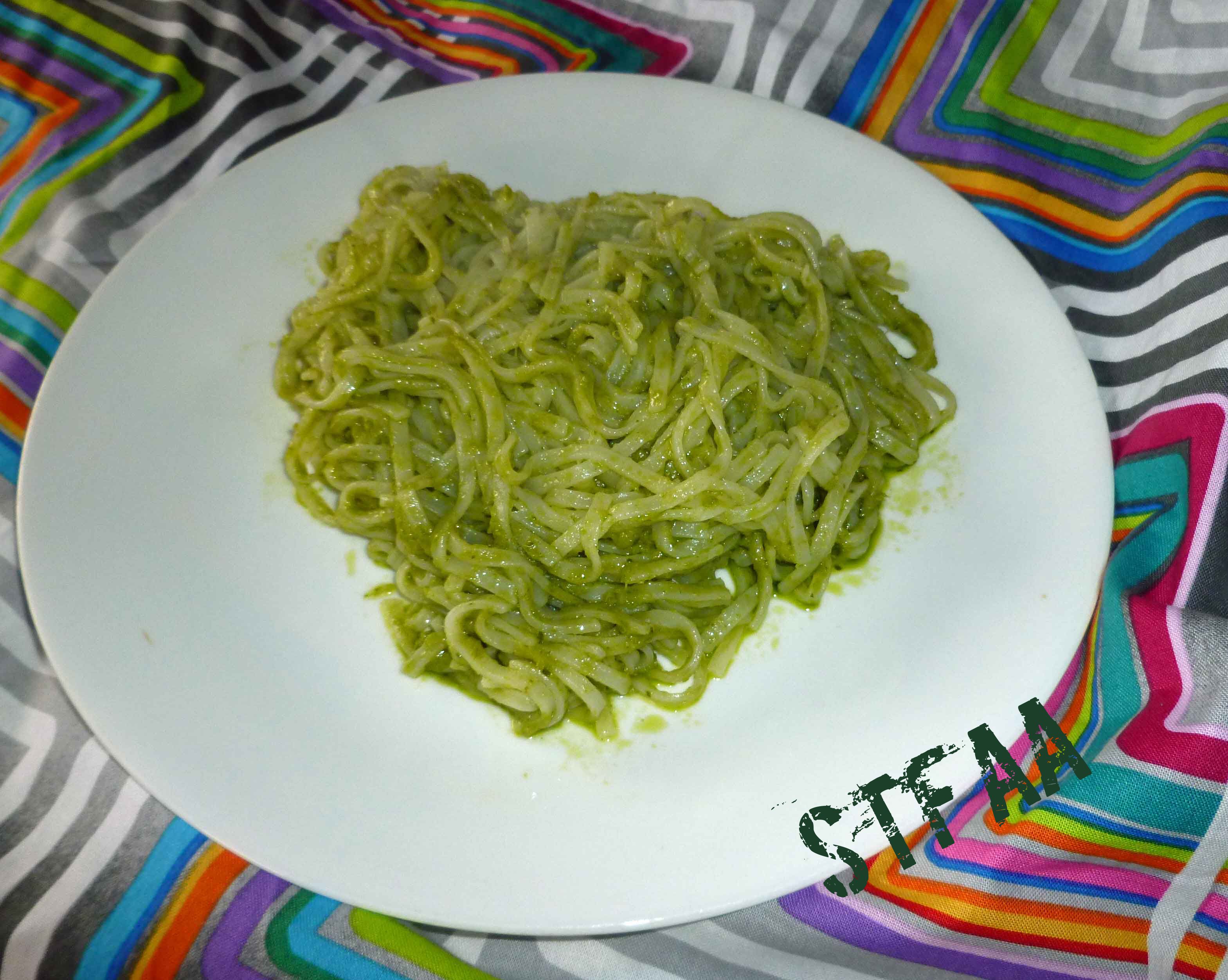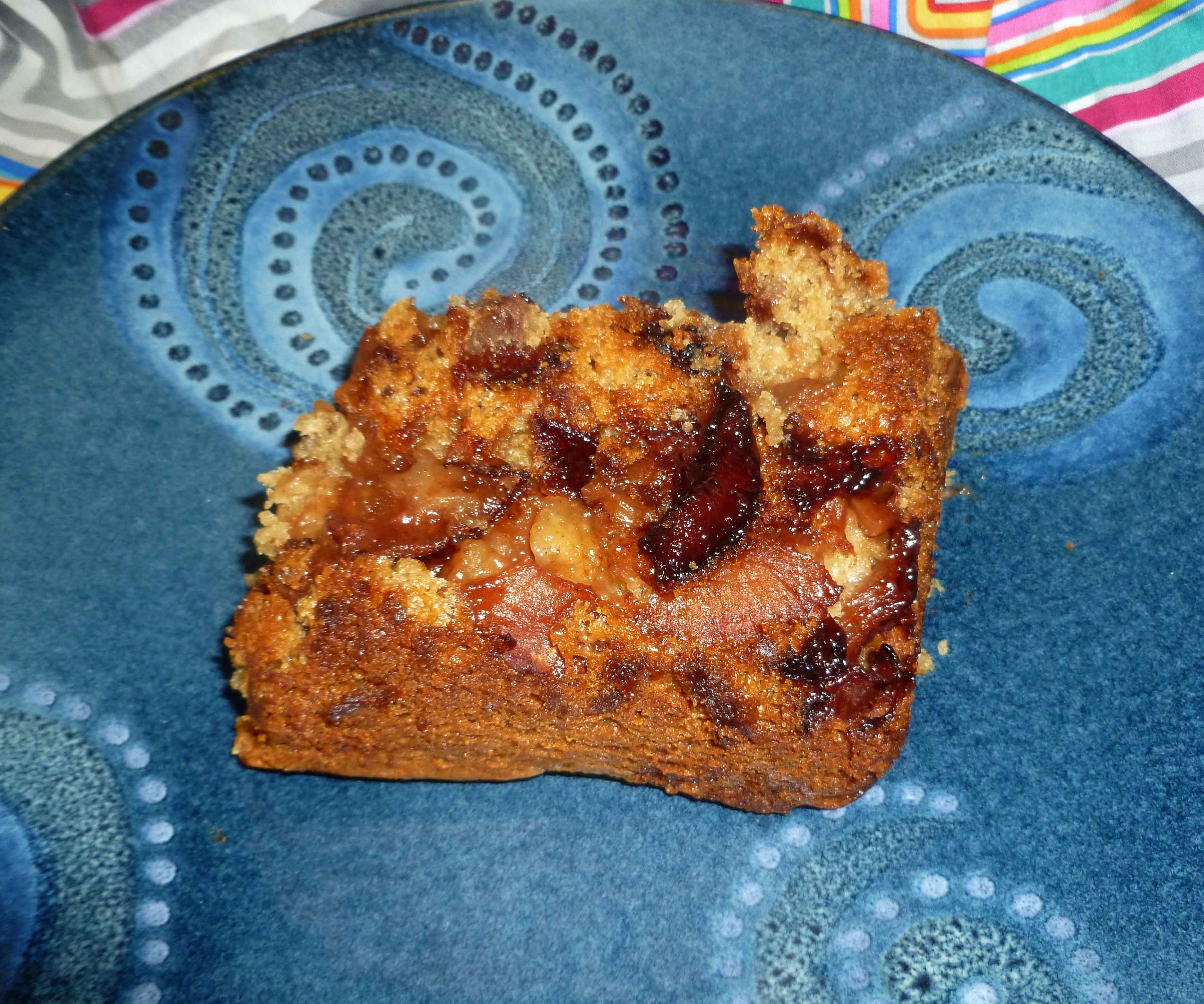
You guys are noticing a trend, right? It’s apparently a bumper crop year for apples. When I was trying to figure out how to use up apples, my friend Erika sent me a link for this recipe for Mom’s Apple Cake from Smitten Kitchen. For obvious reasons, I had to change the original, and I tried making it more like an upside down cake. It took a couple of tries, but I have it where I like it now.
Apple Cake, Vegan and Gluten-Free
Apple mixture:
- 6 large apples or 7 medium apples (I used a mix from my apple trees out back, mostly McIntosh and Galas.)
- 1 Tablespoon of ground cinnamon
- 5 Tablespoons of brown sugar
Cake batter:
- 2 and 3/4 cups of all purpose gluten-free flour mix (I used Cara Reed’s mix from her blog, Fork and Beans)
- 1 Tablespoon of baking powder (For corn free baking powder you can use this recipe.)
- 1 teaspoon of salt
- 1 cup of safe for you oil (I used olive oil and grape seed oil, mostly because I ran out of olive oil and had to top it off with grape seed oil.)
- 1 cup of sugar
- 1 cup of brown sugar
- 1/4 cup of orange juice (I don’t have a safe orange juice so I squeezed mine myself.)
- 1 Tablespoon vanilla extract (Here’s a bunch of recipes for vanilla extract, make sure to use safe alcohol if corn or wheat are an issue for you. I used a vodka made only from potatoes, be careful as some vodkas may also use grain or corn.)
- 1/2 cup of applesauce (I used my home canned but use any safe applesauce you have.)
- 1/4 cup of aquafaba (The liquid from a can of garbanzo beans or chick peas. I used my home canned garbanzo bean liquid.)
- 1 Tablespoon of ground chia seed
Preheat oven to 350°F. Grease an 8 inch by 8 inch baking pan with some safe for you oil.
Peel, core and slice apples. Place them in a bowl and toss them with the 5 tablespoons of brown sugar and the cinnamon. Set the apple mixture aside for now.
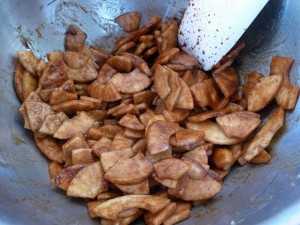
Stir gluten-free flour mix, baking powder and salt together in a bowl.
In a separate bowl, mix together the oil, orange juice, sugar, the remaining brown sugar, vanilla, applesauce, aquafaba and ground chia seed. I use a stand mixer with flat beater to do this.
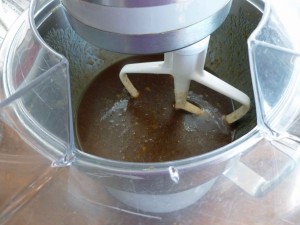
Once these ingredients are fully incorporated together, add the flour mixture slowly to your wet mixture, with the mixer speed on low. You could also mix this manually, but the stand mixer makes my life a lot easier.
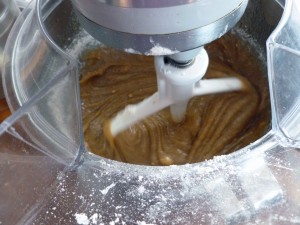
Pour half of the apple mixture into your greased baking pan, spreading them evenly across the bottom of the pan.
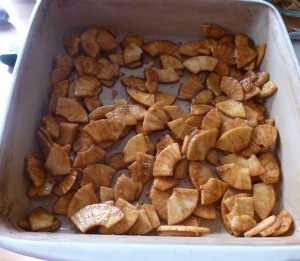
Pour half of the cake batter over the apples, spreading it evenly across the pan.
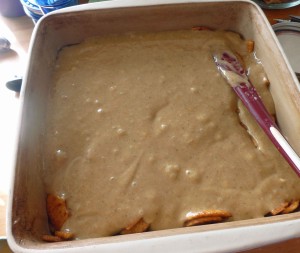
Then pour the remaining apple mixture over the batter evenly.
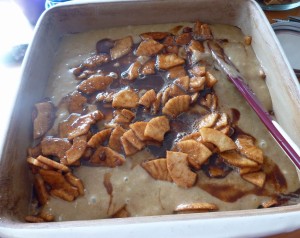
Cover the apple mixture with the remaining cake batter.
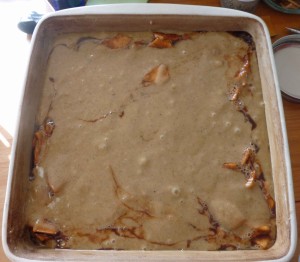
Bake for about an hour and half or until a tooth pick comes out clean.
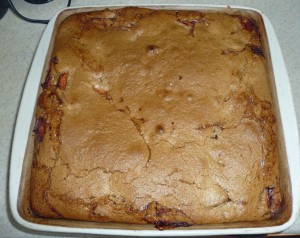
Cool in pan on wire rack for 5 minutes. Loosen edges around the pan with a butter knife, and then invert the baking pan onto platter. Don’t let it cool too long or it will stick and be harder to remove from the pan (which you can tell mine did because I got distracted.)
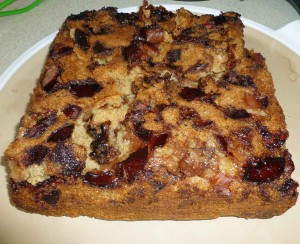
Enjoy!
